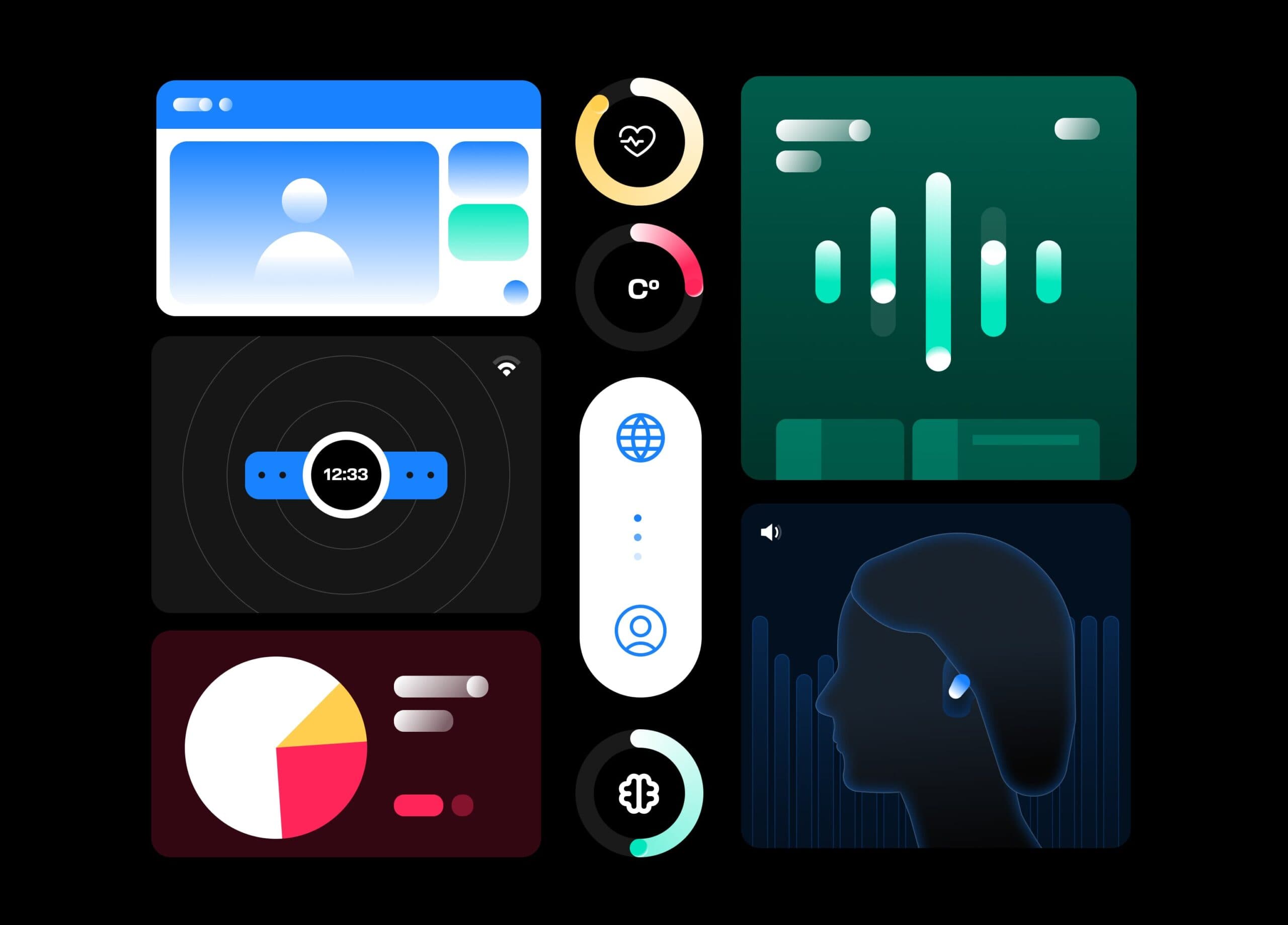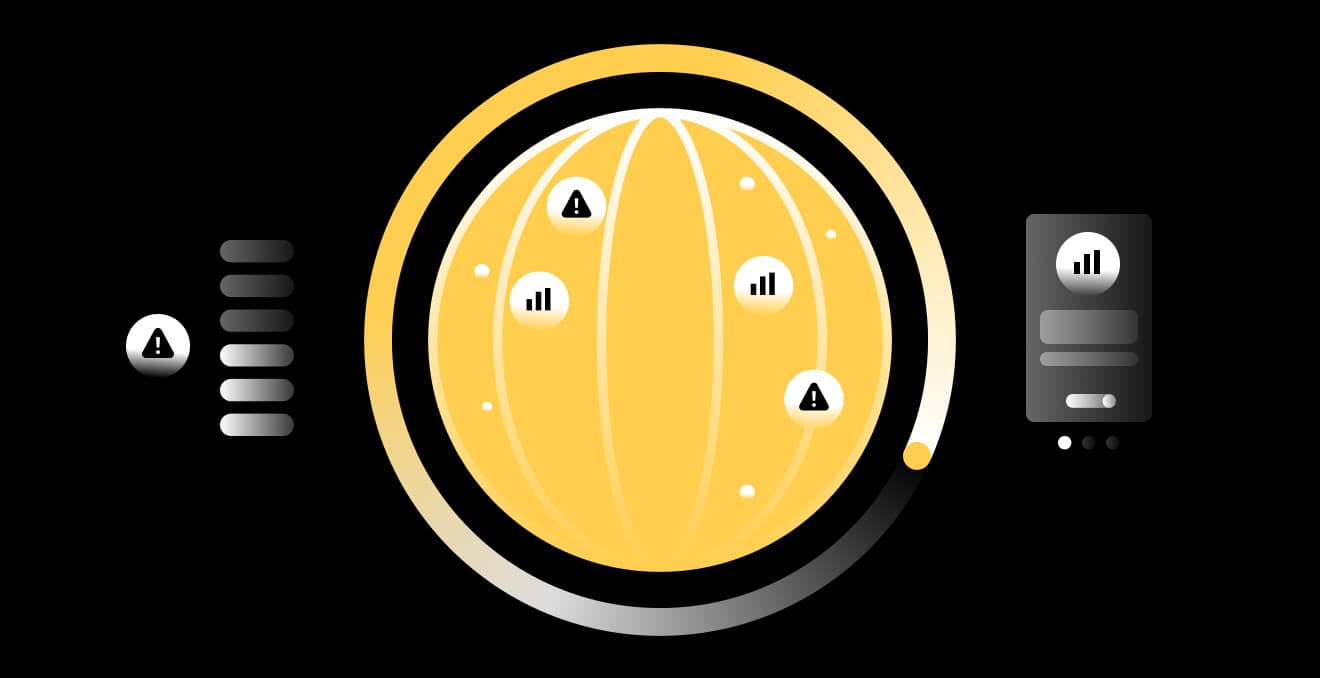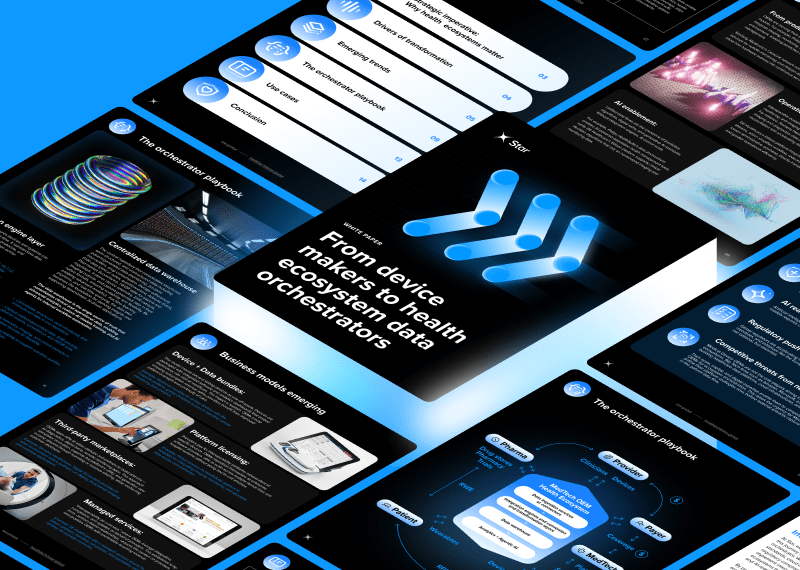Healthcare stakeholders today face a dual challenge: rising costs and the urgent need to improve patient care. At the same time, 80% of healthcare data is unstructured so health data analytics organizations are rapidly expanding their capabilities to merge and analyze data. With that, there’s a growing need in healthcare to lean into a more patient-centric healthcare data strategy.
However, without a cohesive framework that unites each player around the patient, valuable insights often remain locked away in disconnected systems. A patient might see multiple specialists, each capturing data in separate electronic health records.
And where payers collect claims data with a primary lens on costs, pharmaceutical researchers rely on segmented clinical trial data. Meanwhile wearables and health apps generate reams of patient-generated information, but the absence of an overarching data strategy can prevent this information from driving timely interventions.
Why data collection is important in healthcare
Healthcare stakeholders are navigating rising expectations to deliver patient-centric and value-based care. By effectively collecting and leveraging healthcare data, these organizations can significantly enhance treatment journeys from clinical trials through post-market phases, addressing challenges such as patient adherence and operational inefficiencies.
In recent years, the healthcare industry has recognized that integrating distinct data sets — and placing the patient squarely at the center of decisions — isn't just beneficial but essential. This patient-centric approach, supported by robust data platforms, opens the door to groundbreaking improvements in care coordination, drug development, coverage models, and long-term patient engagement.
While our companion article explores specific technical, regulatory and stakeholder-related nuances in greater depth, this article presents an actionable overview that clarifies the importance of pooling data streams from healthcare providers, payers, data analytics agencies, patients and pharmaceutical companies.
With this foundation in place, we can now move on to look at the primary data sources in healthcare — each representing a unique vantage point on patient health — and examine how the right healthcare data strategy unites these vantage points for a more holistic understanding of care.
Sources of data in healthcare
Creating integrated, patient-focused data platforms necessitates careful consideration of diverse data types. Each offers unique insights into patient care. Healthcare data is inherently complex, characterized by its high variability, sensitivity and real-time nature.
These data sources reflect the perspectives and priorities of four key healthcare groups: patients, healthcare providers, payers and pharmaceutical companies.

Healthcare provider (HCP) data
Providers are often the most visible face of the healthcare journey. Their data comes primarily from:
- Electronic health records (EHRs) containing information about appointments, encounters, lab results, imaging diagnostic methods, clinical notes, assessments, medication administration, conditions and allergies
- Specialty data systems, such as oncology, pathology and point of care information systems
- Clinical workflows includes care management notes from nurses and allied health professionals
Value: HCP data is critical for understanding how patients progress clinically. For example, EHRs can show how a patient with type 2 diabetes reacts to a new medication regimen over time, while lab results confirm changes in blood glucose levels. Without healthcare provider data, it would be nearly impossible to obtain reliable, ongoing clinical indicators to inform treatment decisions.
Payer data
Payer organizations — commercial insurers, public agencies, third-party administrators — focus on coverage, risk management and reimbursements. Their data arises from:
- Health insurance plans describe coverage of the insurance programs and applied financial conditions, like co-pays
- Claims and billing records detail the services rendered and associated costs
- Prior-authorization requests and eligibility checks reflect whether a service or medication is approved under a plan
- Population health metrics are where payers identify patterns in healthcare spending or utilization across large member populations
Value: By analyzing the claims data that flow through their systems, payers gain insights into cost drivers and utilization patterns. For instance, a spike in emergency department usage among a specific demographic might prompt an insurer to invest in targeted preventive care. Ultimately, payer data is essential for understanding financial efficiencies and crafting reimbursement models that incentivize better outcomes.
Patient-generated data
Patient-generated data has exploded in recent years thanks to wearables, health apps, and online patient portals. This category includes:
- Activity trackers like step counters, sleep patterns and heart rate variability
- Self-reported metrics such as pain diaries and patient-reported outcomes on symptom severity
- Glucose monitors or blood pressure cuffs that automatically upload readings to a smartphone or care management platform
- Feedback from family members
Value: Historically, providers only saw health information captured within clinical settings. Now, patient-generated data can show how someone’s vital signs or symptoms fluctuate day by day. With a healthcare data strategy, this continuous stream of real-life data is invaluable for proactive care. If a patient’s wearable shows consistently elevated blood pressure readings, the care team and payer can intervene sooner, preventing complications and hospital admissions.
Pharmaceutical company data
Pharmaceutical and life science firms generate or rely on data to guide research, evaluate drug effectiveness and meet regulatory requirements:
- Clinical trial data collected during tightly controlled studies to demonstrate safety and efficacy
- Real-world evidence obtained from everyday clinical practice, helping pharma see how drugs perform in broader, more diverse patient populations
- Pharmacovigilance efforts, monitoring adverse events and patient feedback in real-time, post-approval
Value: Pharma data can provide a detailed understanding of therapy effectiveness and side effects. Incorporating real-world outcomes — often gleaned from HCP and payer data — helps pharmaceutical companies design more effective, patient-friendly therapies. It also paves the way for value-based or outcome-based pricing, aligning costs with actual clinical benefits.
Now lets explore how they converge in a unified model and why a proper healthcare data platform and strategy is the cornerstone of a patient-centric healthcare system.

How to collect and validate healthcare data
While each data type offers specific value, harnessing that value hinges on robust processes for collecting and validating information. Without consistent standards and oversight, large-scale data collection efforts can be marred by errors and inefficiencies, undermining trust among stakeholders and patients alike.
Healthcare data collection methods
- Point-of-care documentation: Clinicians use EHR interfaces, often embedded in their workflows (e.g., inpatient rounding, outpatient check-ups)
- Device integration: Connected devices such as smart beds or operating room sensors can feed data into hospital information systems in real-time
How to validate healthcare data
Healthcare data accuracy and integrity involves establishing guardrails and checks at multiple points:
- Standardized data entry: Bring interoperability by using common ontologies (e.g., SNOMED CT for clinical terms, RxNorm for medications or LOINC for results interpretation) within EHRs and claims
- Automated quality checks: Platforms can flag improbable or contradictory data, like a claim for a procedure that doesn’t match a known diagnosis
- Cross-verification: When patient self-reported data (e.g., daily weight) conflicts with provider-tracked data, a brief intervention can clarify the discrepancy
- Source traceability: Maintaining metadata about data lineage — who entered it, when and under what context — ensures full transparency for audits or regulatory reviews
For example, AI-driven data gap analysis leverages artificial intelligence and machine learning to continuously monitor and assess data completeness. By analyzing patterns and trends, the data platform can distinguish between gaps caused by non-capture (truly missing data) and instances where data exists but remains inaccessible due to various issues.
Some use cases, such as clinical trial recruitment, require advanced data filtering, anonymization or pseudo-anonymization techniques to ensure patient privacy and regulatory compliance
These examples highlight the importance of a healthcare data validation strategy. Each stakeholder should develop a strategy for handling invalid data. The validation module represents a crucial — and often the most resource-intensive — component of data platform infrastructure.
After capturing and validating data, the next step is to make it available across systems in a secure, interoperable manner. The subsequent section explores how data sharing and usage can facilitate deeper collaboration among stakeholders, ultimately leading to improved patient care and more innovative business models.
Healthcare data sharing and usage
Data, in isolation, is of limited use. Its true power emerges when it can flow seamlessly between HCPs, payers, patients, pharmaceutical and life sciences companies — guided by robust interoperability standards and with patient permission.
Below, we outline how healthcare providers, payers, pharmaceutical companies and patients leverage integrated data and highlight why flexible, well-designed data platforms are fundamental to patient-centric care.
HCP data use
- Continuity of care: When primary care physicians, specialists and hospitals exchange summary records and real-time updates, patients avoid redundant tests and conflicting treatments. For example, a patient’s cardiologist can instantly review the echocardiogram captured by the primary care clinic and coordinate prescriptions accordingly
- Population health: Aggregating data across multiple HCPs helps organizations identify areas for improvement, such as persistent gaps in diabetes screening rates. This insight powers targeted outreach campaigns, reminding patients to schedule check-ups or lab tests before problems escalate
Payer data use
- Coverage decisions: Payers analyze claims data to refine policies on coverage. If a particular therapy demonstrates high success rates and lower long-term costs, an insurer might provide preferential coverage or reduced patient cost-sharing
- Value-based models: Fee-for-service systems (or system-centric) often prioritize volume but integrated data supports value-based or shared-risk contracts. Providers receive incentives not just for delivering services, but for improving metrics like reduced hospital readmissions or better medication adherence
Patient data use
- Personalized care: Devices like continuous glucose monitors or smartwatch-based ECGs let providers see daily patterns that might otherwise remain hidden. A patient with fluctuating glucose levels at night can receive a tailored insulin regimen
- Active engagement: By giving patients access to their own data (perhaps through a user-friendly portal) they become more invested in their care. This can encourage them to adopt preventive behaviors, such as increased exercise or routine medication checks
Pharmaceutical and medtech companies data use
- Real-world evidence: Combining payer claims with provider EHRs and patient-generated healthcare data yields robust data sets for evaluating how a medication performs outside the controlled environment of a clinical trial. Insights from real-world evidence can influence ongoing drug improvements or label expansions
- Outcomes-based contracts: Pharma companies and payers increasingly explore value-based pricing. For instance, a manufacturer might offer a higher rebate if their oncology drug fails to meet survival benchmarks. Linking cost to measurable patient results is only possible when data is accurately shared among parties
- Post-market surveillance: Detecting rare adverse events often requires broad population data. Pharma can tap into integrated clinical and claims repositories to spot any unusual spikes in complications, adjusting usage guidelines or notifying regulators if necessary
With a deeper appreciation for how healthcare data is collected, validated and shared, we see that the underpinning theme is the elevation of the patient from a passive recipient of care to an active collaborator.
In essence, a healthcare data strategy is essential for combatting rising costs and delivering the necessary improvements to patient care.
Real-World Data Integration for Pharma and Biotech
Turn fragmented systems and raw data into compliant, accessible, AI-ready ecosystems












